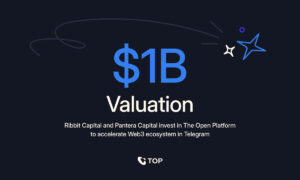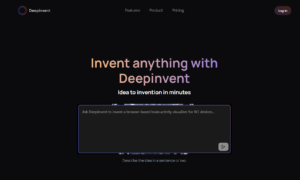In this interview, we sit down with Anastasia Nekrasova, a seasoned product designer who has helped multiple fintech startups, including unicorns, achieve growth through innovative design solutions. She shares her insights on the challenges and opportunities of designing in the startup ecosystem.

Anastasia Nekrasova
Tell me about your experience working at startups. What is the most challenging aspect of your job?
I’m a product designer currently working at a unicorn fintech startup. The company I work for is revolutionizing rent reporting and financial health solutions. When I joined, we were a team of twenty people. There was no playbook to follow – we were writing it as we went along. That environment demands adaptability and comfort with ambiguity.
In startups, every decision you make has an immediate impact, and you can see the results of your work almost instantly. It’s chaotic, yes, but it’s also incredibly energizing.
Can you share your design process for building a rent reporting app from 0 to 1?
Being in a startup, you’re not just a UI designer or a UX researcher – you’re everything. One day, I’m conducting user interviews to validate a concept; the next, I’m designing high-fidelity prototypes; and the day after that, I’m collaborating with engineers on implementation details.
When I designed our rent reporting app, I handled everything from initial user research to final interface design. I interviewed multiple users about their financial anxiety, created journey maps to understand their needs, designed the interface, and worked closely with developers to ensure the implementation matched our vision. This kind of end-to-end ownership gives you a deep understanding of the product that you can’t get when responsibilities are more siloed.
What’s the most rewarding aspect of startup design work?
Undoubtedly, it’s seeing something go from a concept to a product that impacts people’s lives. When we launched our rent reporting app, I received a message from a user who said our product helped them get the financial resources they needed in one place. Those moments make all the late nights and iterations worth it.
How do you manage different responsibilities?
It’s about embracing the startup mentality. At early-stage startups, your role extends far beyond traditional product design. You might find yourself creating pitch decks for fundraising, designing marketing and branding materials, or shaping product strategy.
For example, at a fintech startup, I designed everything from the app’s user interface to its investor pitch decks and marketing campaigns. This variety keeps the work fresh and makes you a more well-rounded designer. The key is to stay organized and prioritize effectively.
Are there specific design trends or technologies that inspire your work?
I’m particularly excited about how AI is reshaping the design and tech landscape. The possibilities for AI in product design are immense—from automating repetitive tasks to enabling hyper-personalized user experiences. For instance, I’m fascinated by how AI can assist in creating design systems and streamline workflows.
Any advice for designers looking to break into the startup world?
Get comfortable with uncertainty and rapid iteration. Build a strong foundation in design principles, but be ready to break the rules when necessary.
Most importantly, develop your problem-solving skills. In startups, we’re not just designing interfaces; we’re solving business problems. Prioritize tasks that deliver the most value to the user and the business. Startups don’t have the luxury of endless time or resources.
Also, document everything. Your process, decisions, and learnings become invaluable as the company grows and new team members join. It helps maintain consistency and speeds up future iterations.


































